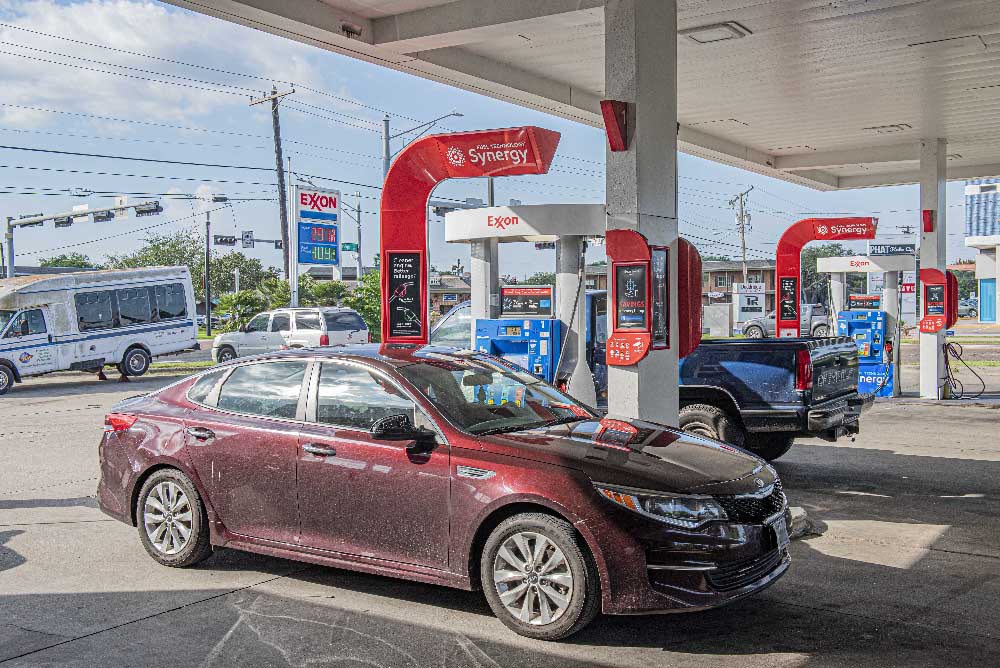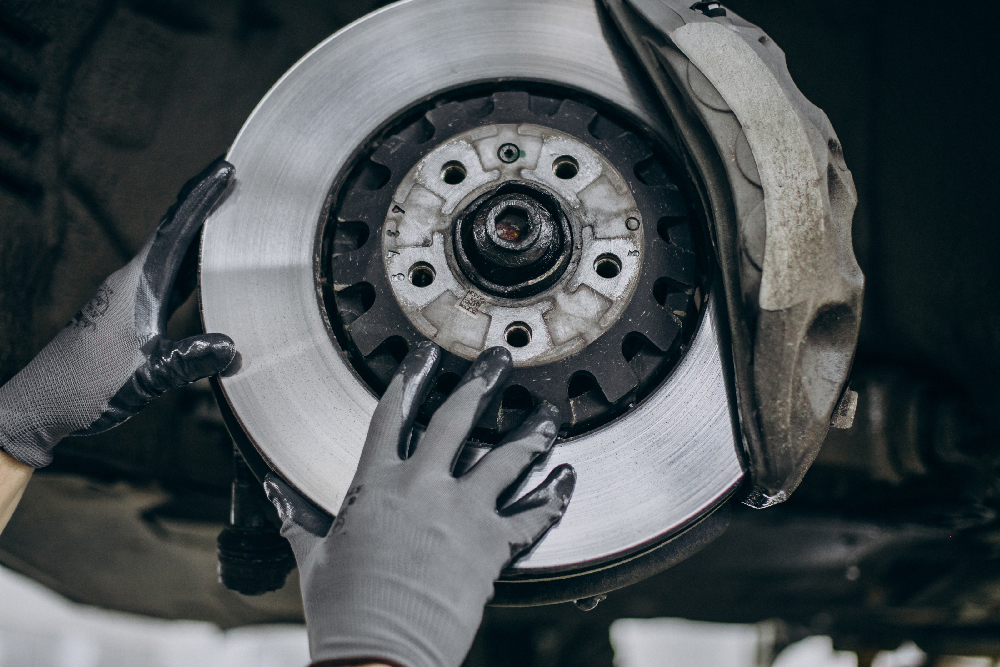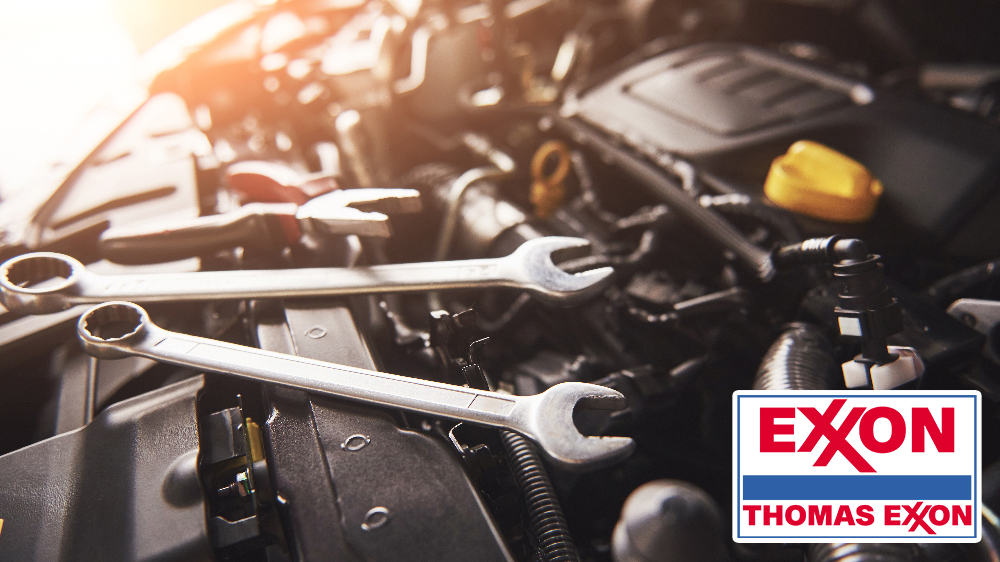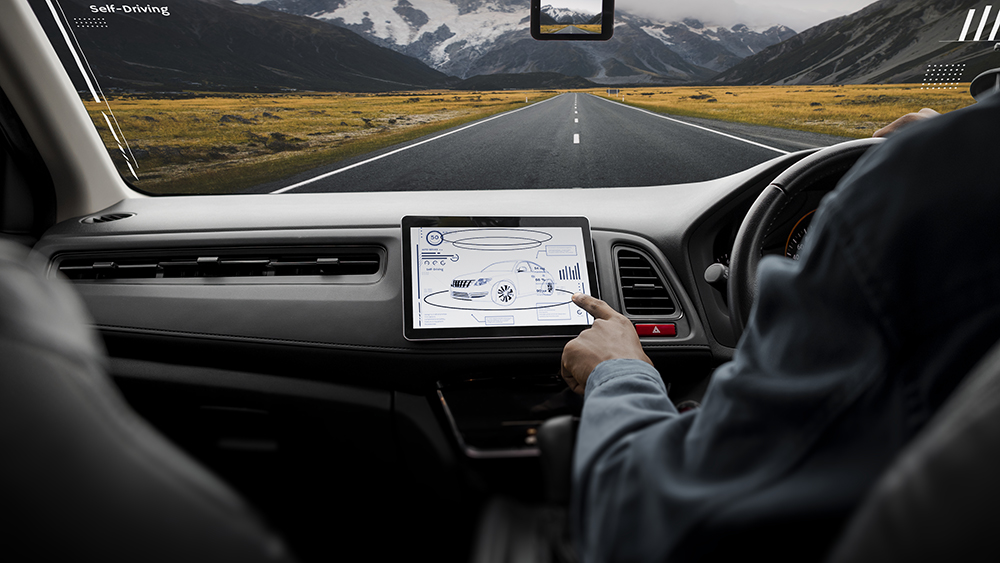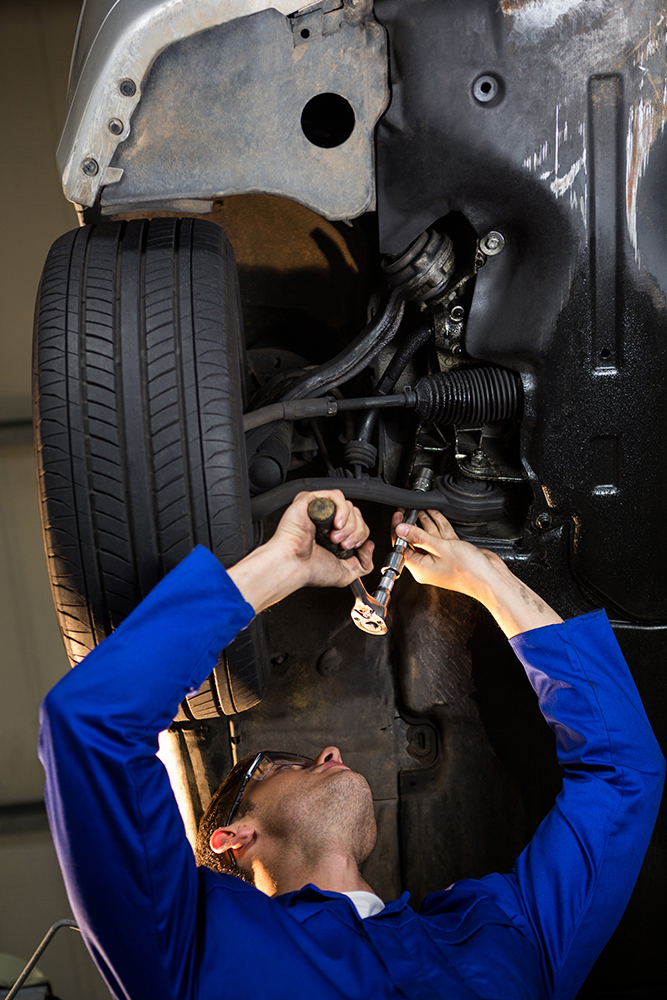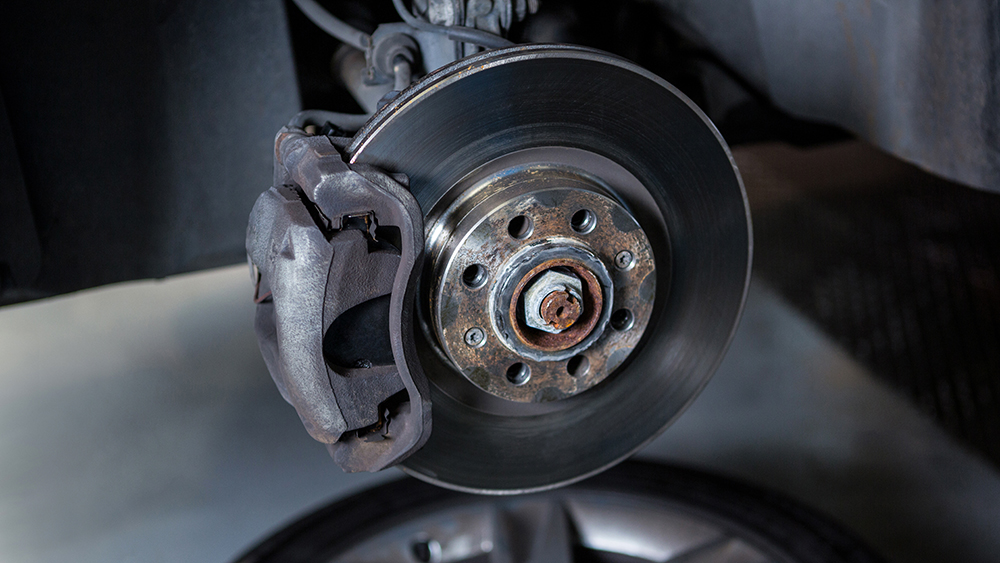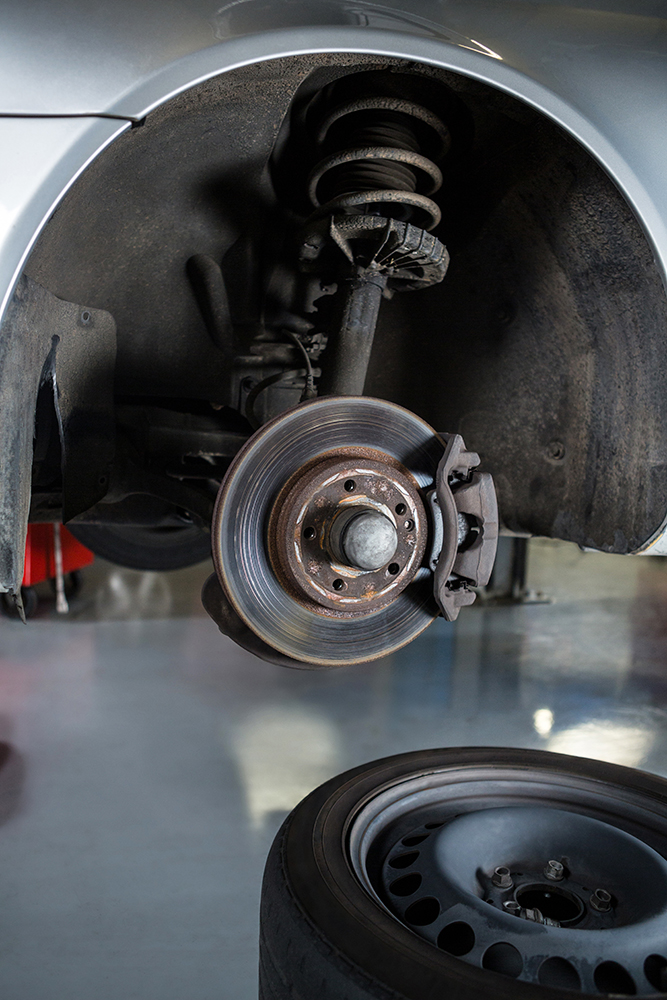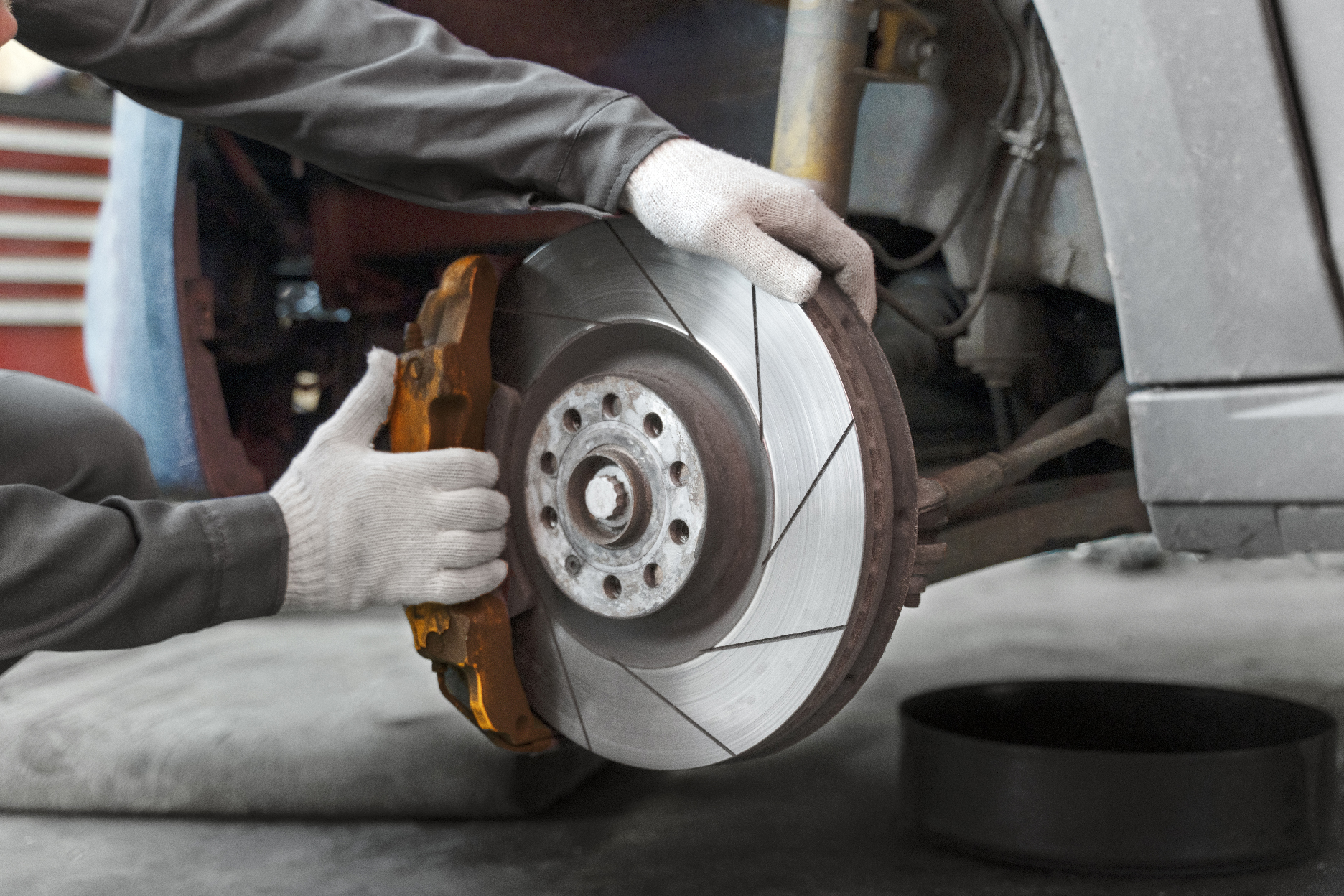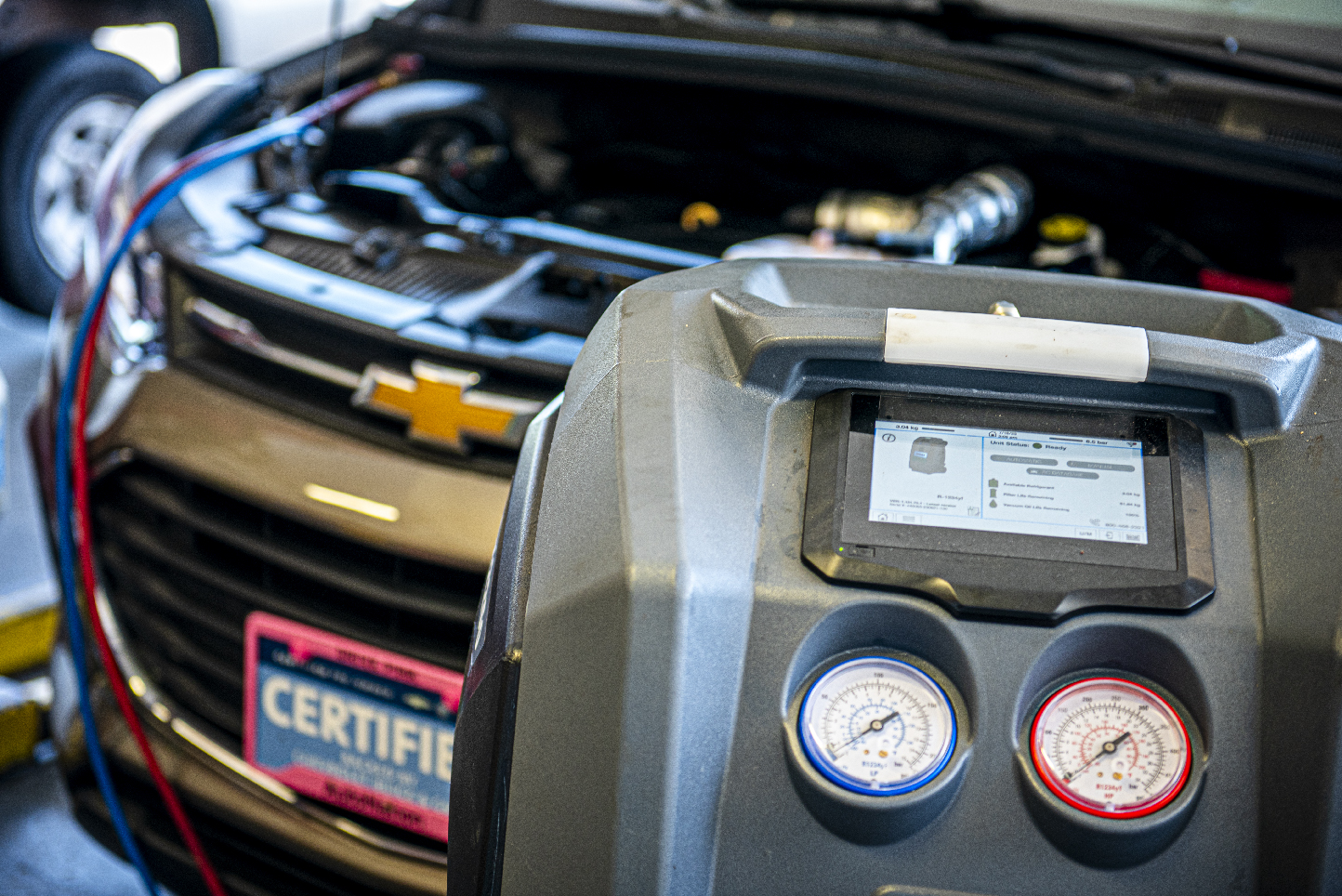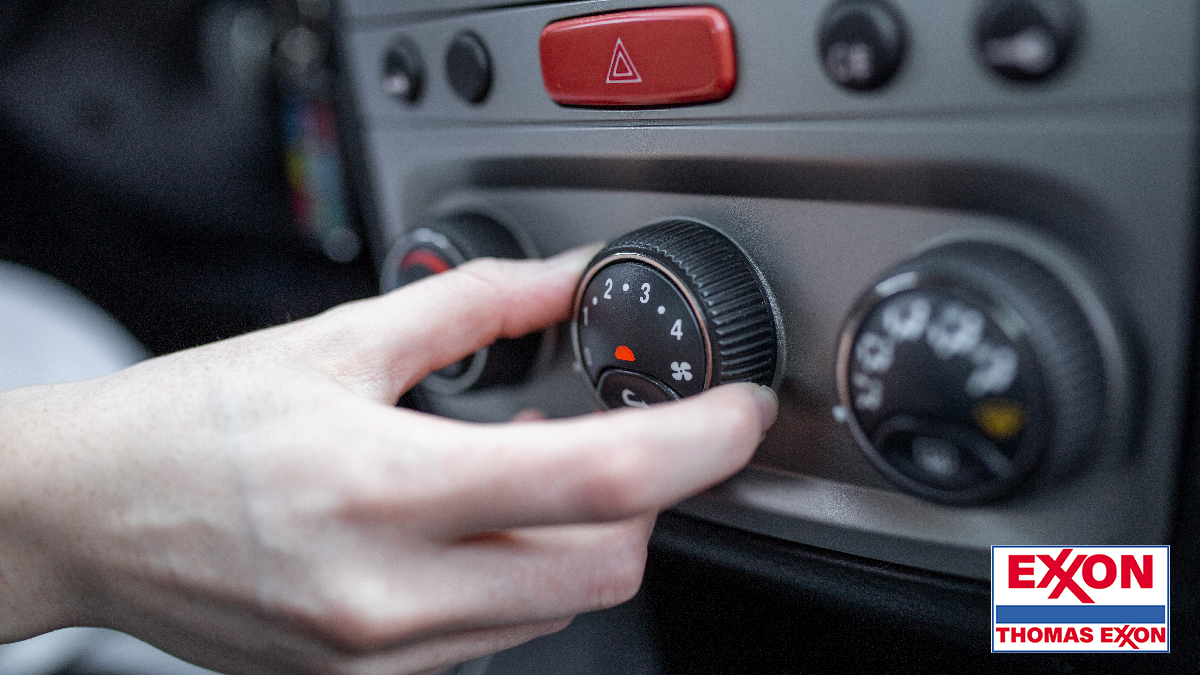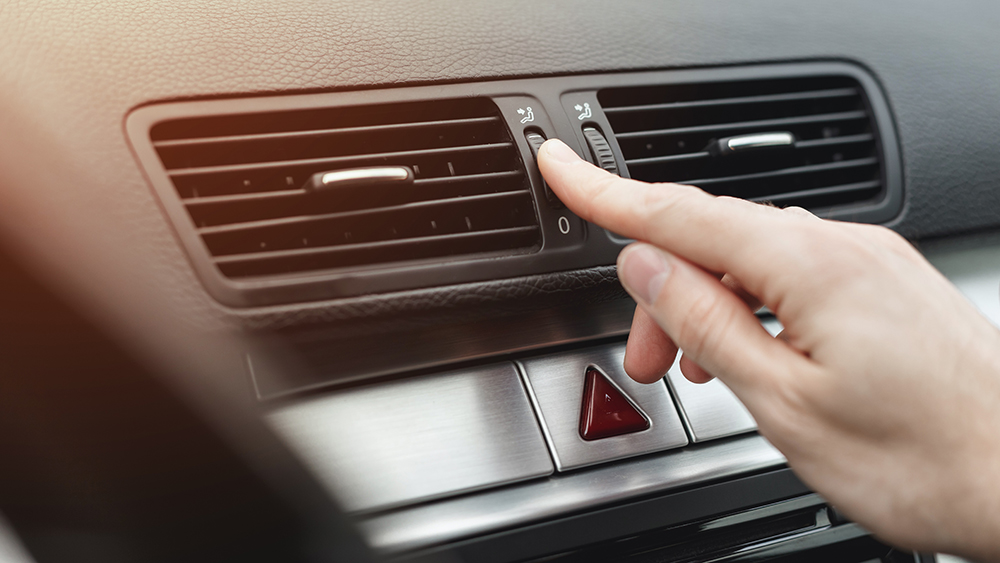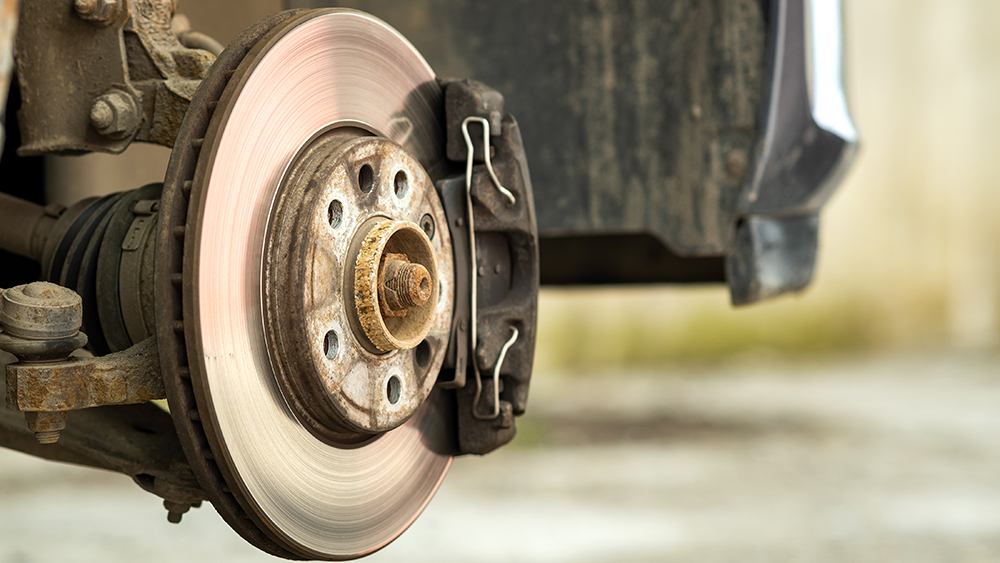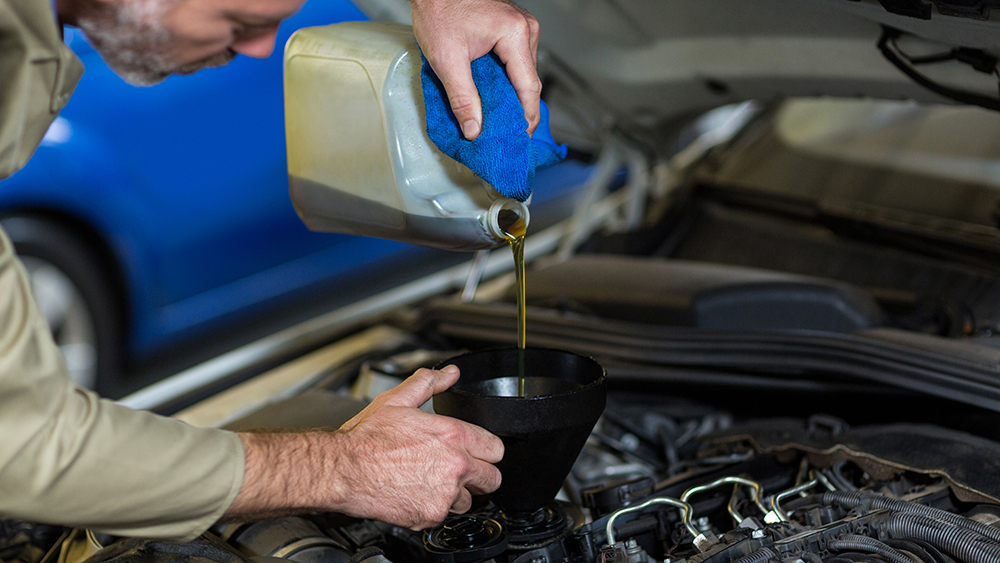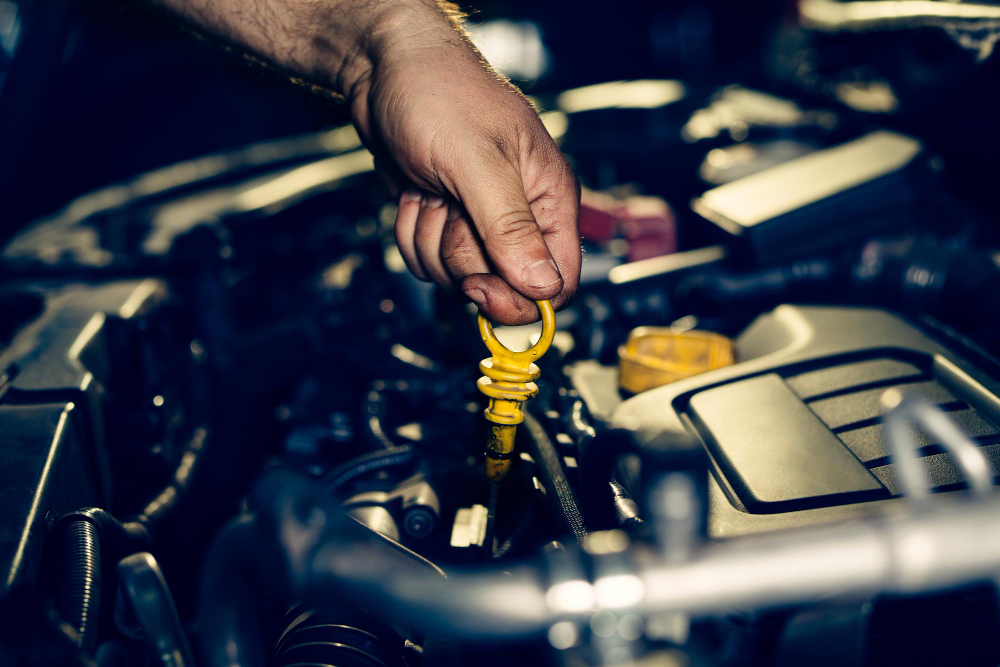A Comprehensive Preventative Maintenance Checklist for Your Car
Regular car maintenance is the key to ensuring that your vehicle runs smoothly and remains in top-notch condition for years to come. Preventative maintenance is all about being proactive and taking care of your car before problems arise.
By following a comprehensive preventative maintenance checklist, you can avoid costly repairs down the road and keep your car in optimal working order. In this article, we will guide you through a step-by-step checklist that covers all the essential aspects of car maintenance. From oil changes to tire rotations, calibration to fluid checks, we’ll provide you with the knowledge you need to keep your vehicle in peak condition.
I. Oil Change
Regular oil changes are the cornerstone of preventative maintenance for any vehicle. Engine oil lubricates the moving parts of your car’s engine, reducing friction and preventing excessive wear and tear. Follow these steps to ensure your car’s engine stays well-lubricated:
- Check your vehicle’s owner’s manual to determine the recommended oil change interval. Typically, it’s every 3,000 to 5,000 miles, but modern vehicles often have longer intervals.
- Gather the necessary materials: fresh engine oil, a new oil filter, an oil filter wrench, a funnel, a drain pan, and a socket set.
- Position your car on a level surface and allow the engine to cool down if it has been running.
- Locate the oil drain plug and the oil filter, then place the drain pan beneath the drain plug.
- Remove the oil drain plug using a socket wrench and allow the old oil to drain completely.
- Remove the old oil filter using the filter wrench and replace it with a new one, making sure to apply a small amount of fresh oil to the gasket to create a proper seal.
- Reattach the drain plug and tighten it securely.
- Use a funnel to pour the recommended amount of fresh engine oil into the oil filler cap.
- Start the engine and let it run for a minute or two to circulate the new oil.
- Turn off the engine and check the oil level using the dipstick. Add more oil if necessary.
II. Tire Preventative Maintenance
Proper tire maintenance is essential for safety, fuel efficiency, and extending the life of your tires. Follow these steps to keep your tires in top shape:
- Check tire pressure regularly using a tire pressure gauge. Maintain the recommended tire pressure specified in your owner’s manual or on the tire placard inside the driver’s door.
- When inspecting your tires as part of your regular maintenance routine, pay close attention to any signs of wear and tear. This includes looking for cracks in the tire sidewalls, bulges in the tire surface, or any uneven tread wear patterns. Properly examining your tires for these issues is crucial, as they can indicate potential safety hazards or the need for tire replacement. By being vigilant in checking for these signs, you can ensure that your tires remain in optimal condition and contribute to the overall safety and performance of your vehicle.
- Rotate your tires as recommended in your owner’s manual, typically every 6,000 to 8,000 miles. This ensures even wear and prolongs tire life.
- Keep your tires properly balanced and aligned to prevent uneven wear and ensure a smooth ride.
III. Brake Inspection
Maintaining your car’s braking system is crucial for your safety on the road. Here’s how to perform a basic brake inspection:
- Listen for unusual noises, such as squeaking or grinding, when applying the brakes. If you hear any of these sounds, it may be time to have your brake pads or rotors checked by a professional.
- Monitor the brake pedal for softness or excessive travel. A firm pedal is essential for effective braking.
- Inspect the brake fluid level in the master cylinder reservoir. If it’s low, top it up with the manufacturer-recommended brake fluid.
- Check the thickness of the brake pads. Replace them if they are worn down to the manufacturer’s specified minimum thickness.
IV. Fluid Checks
Various fluids are vital to your car’s proper functioning. Regularly check and top up the following fluids as needed:
- Engine Coolant: Ensure the coolant level is between the minimum and maximum marks on the coolant reservoir. Use the recommended coolant type for your vehicle.
- Transmission Fluid: Consult your owner’s manual to determine the correct procedure for checking and topping up transmission fluid. Some vehicles require the engine to be running and the transmission in a specific gear.
- Brake Fluid: As mentioned earlier, check the brake fluid level in the master cylinder reservoir. Use the manufacturer-recommended brake fluid if needed.
- Power Steering Fluid: Verify the power steering fluid level and add the recommended fluid if necessary.
V. Air Filter Replacement
A clean air filter is essential for optimal engine performance and fuel efficiency. Here’s how to replace your car’s air filter:
- Consult your owner’s manual to locate the air filter housing.
- Open the air filter housing and remove the old air filter.
- Inspect the filter for dirt and debris. If it’s dirty, replace it with a new one of the same type and size.
- Close the air filter housing and secure it in place.
VI. Battery Preventative Maintenance
A well-maintained battery ensures your car starts reliably. Follow these steps to keep your battery in good condition:
- Inspect the battery terminals for corrosion and clean them with a battery terminal brush or a mixture of baking soda and water.
- Ensure the battery is securely mounted in its tray.
- Check the battery’s electrolyte level if your battery is not maintenance-free. Add distilled water if needed to reach the appropriate level.
- Test the battery voltage using a multimeter to ensure it is within the manufacturer’s specifications.
VII. Calibration and Sensor Checks
Modern vehicles are equipped with various sensors and systems that require periodic calibration and checks. Some of these sensors include:
- Mass Airflow Sensor (MAF): Clean the MAF sensor as recommended by your car’s manufacturer to maintain proper fuel-air mixture.
- Oxygen (O2) Sensor: Ensure that your O2 sensor is functioning correctly, as it helps optimize fuel efficiency.
- Tire Pressure Monitoring System (TPMS): Check for TPMS warnings on your dashboard and address any issues promptly to maintain accurate tire pressure readings.
- Electronic Stability Control (ESC): Verify that your ESC system is functioning correctly by observing any warning lights on your dashboard.
VIII. Visual Inspection
Regularly inspect your car’s exterior and interior for signs of wear and tear. This includes:
- Exterior: Check for paint damage, dents, and rust. Address any issues promptly to prevent further damage.
- Interior: Inspect the upholstery, dashboard, and trim for signs of wear or damage. Keep the interior clean and well-maintained.
- Lights: Ensure that all exterior lights, including headlights, taillights, turn signals, and brake lights, are working correctly.
- Wipers: Replace worn wiper blades to maintain clear visibility during inclement weather.
Keep Your Vehicle Running Smoothly with Thomas Exxon
Preventative maintenance is the key to keeping your car in top condition, reducing the risk of costly repairs, and ensuring your safety on the road. By following this comprehensive checklist, you can stay on top of regular car maintenance tasks and keep your vehicle running smoothly for years to come. Remember to consult your vehicle’s owner’s manual for specific maintenance intervals and procedures.
Thomas Exxon: Your Partner in Preventative Maintenance
If you’re seeking a way to streamline your preventative maintenance regimen, Thomas Exxon is here to help. They have built a reputation as a reliable partner in ensuring the long-term durability and top-notch performance of your vehicle. At Thomas Exxon, you’ll find a team of seasoned professionals who specialize in an extensive array of car repair and maintenance services. Whether it’s a routine oil change or the intricacies of calibration and sensor checks, their experts have got all your needs covered.
When you entrust your prized vehicle to the capable hands of Thomas Exxon, you can rest assured. You’ll find that it’s in the care of highly skilled technicians who fully grasp the significance of preventative maintenance. Moreover, their unwavering commitment to keeping your car in optimal condition is evident. They genuinely understand that regular upkeep is the key to maintaining a reliable and efficient vehicle.
Make a proactive move towards hassle-free preventative maintenance and peace of mind by visiting Thomas Exxon today. Here, you’ll have the opportunity to experience firsthand the manifold advantages of a well-maintained vehicle, all while relishing the assurance that your car will continue running smoothly for many years to come. So, without delay, make Thomas Exxon your ultimate destination for top-tier automotive care.

